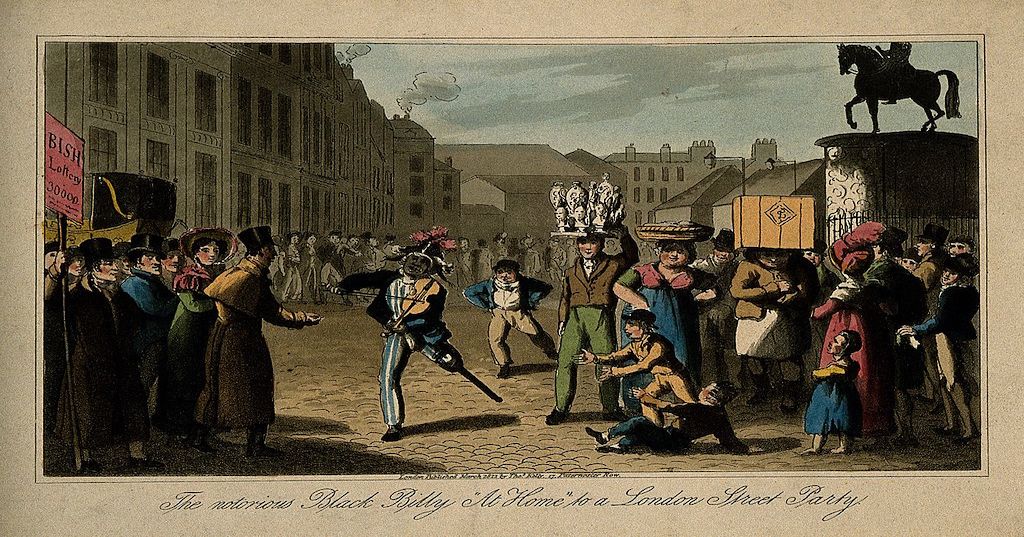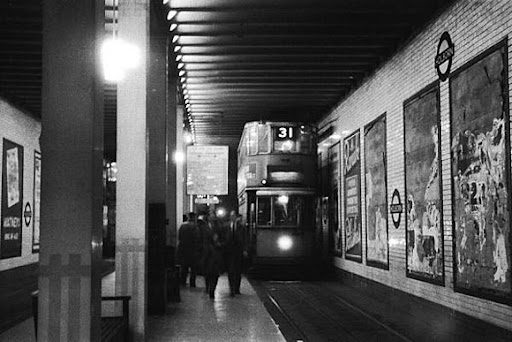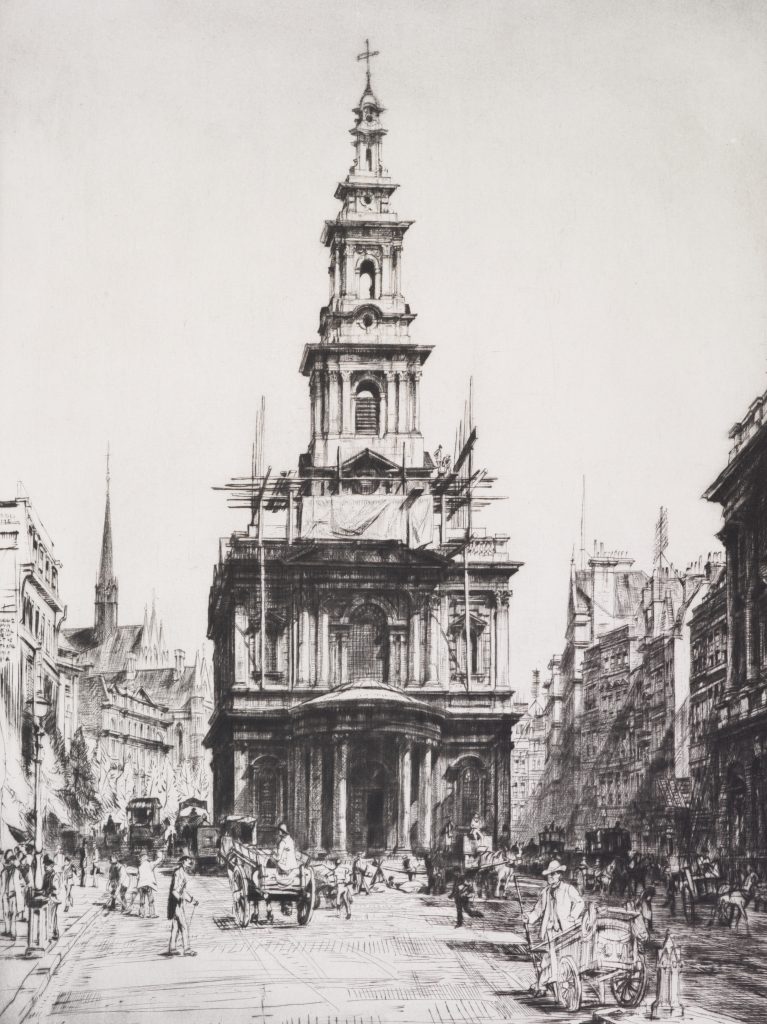Posts Tagged ‘History’
Billy Waters: The Busker of the West End
Thus poor Black Billy’s made his Will, His Property was small good lack, For till the day death did him kill His house he carried on his back. The Adelphi now may say alas! And to his memory raise a stone: Their gold will be exchanged for brass, Since poor Black Billy’s dead and gone.…
Read MoreKingsway’s Ghost Station: London’s first underground tramway
For seventy years now, the once-bustling environment on the platforms of Kingsway Tram Tunnel has been displaced by darkness and disuse. Previously a key transit point connecting north and south London, the tunnel now fades into the backdrop of Kingsway’s ceaseless motor and pedestrian traffic. Opened in 1906, Kingsway’s Tunnel was fully operative for only…
Read MoreSavoy to Albemarle: The Tale of Wilde’s Demise
The Savoy On the 2nd March 1893, the Savoy Hotel’s adjoining rooms 362 and 361 were checked into by an Oscar Wilde rapidly approaching the apogee of his dramatic career. Soon to be joined by Lord Alfred Douglas – or ‘Bosie’ – to whom Wilde had been introduced some two years earlier, the pair would…
Read MoreThe Island Churches of the Strand
Many King’s students have likely passed the ‘Island Churches’ of the Strand as they make the pilgrimage from Somerset House to the Maughan Library. Likewise, many Strand dwellers may recognise their spires from afar, perhaps unaware of their history. Just a few minutes walk separate St Mary le Strand, located between Bush House and the…
Read MoreSculptor John Flaxman and his wife Nancy move to 420 Strand
In the autumn of 1794, the sculptor John Flaxman and his wife Nancy returned from their seven-year stay in Rome. They lodged, temporarily, with Flaxman’s father in his house at 420 Strand, between Bedford Street and where the Adelphi Theatre would be built a little more than a decade later. His father, who moulded and sold…
Read MoreLGBTQ+ History Month February 2021: do you have a story to share?
Hopefully, if you are reading this, you’ll know that Strandlines is a site dedicated to stories about and from the Strand area: from Trafalgar Square to where the Strand meets Fleet Street; Temple, Embankment and Charing Cross; and into the southern edge of Covent Garden. The editorial team are seeking stories, memories, art, short research…
Read MoreWho put the Villiers in Villiers Street? Art, culture and élite life on the seventeenth-century Strand
Villiers Street has always captivated me. Linking the Strand to the Embankment, it remains one of the most vibrant walkways in the area and it plays an important part in connecting people to some of central London’s main visitor attractions – historical buildings and palaces, galleries, theatres, cinemas, museums and parks. It has a buzzy…
Read MoreStargazing from centuries gone by
In the 18th century, the Philosophical Transactions journal (then a relatively new publication) preserved several accounts of astronomical events as observed from the Strand. The Royal Society of London provided James Short, “from the College at Edinburgh”, this platform to publish his observations. In the Philosophical Transactions database Short’s name appears thirty-four times. Of these,…
Read MorePeople of the Strand: Jonathan Sisson (1692 – 1749)
Jonathan Sisson established a scientific instrument making business at the corner of Beaufort Buildings in the Strand, London. The attic rooms included an observatory, the exterior visible in a drawing by the freemason, Thomas Sandby.[1] Sandby was the architect of the first Freemasons’ Hall on Great Queen Street, which was completed in 1766. For many…
Read MoreCan you volunteer for Strandlines and Layers of London?
If you’re reading this on our website, we hope that you already know that Strandlines collects and shares histories and stories of this most central of London’s streets. Why not browse some of our existing ‘strands’ to see what our contributors have preserved so far? Layers of London is a huge collaborative effort to map…
Read More









